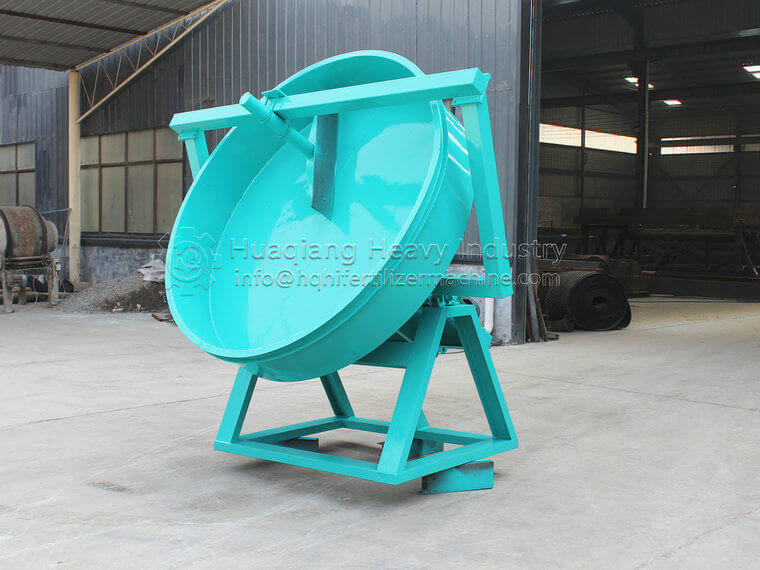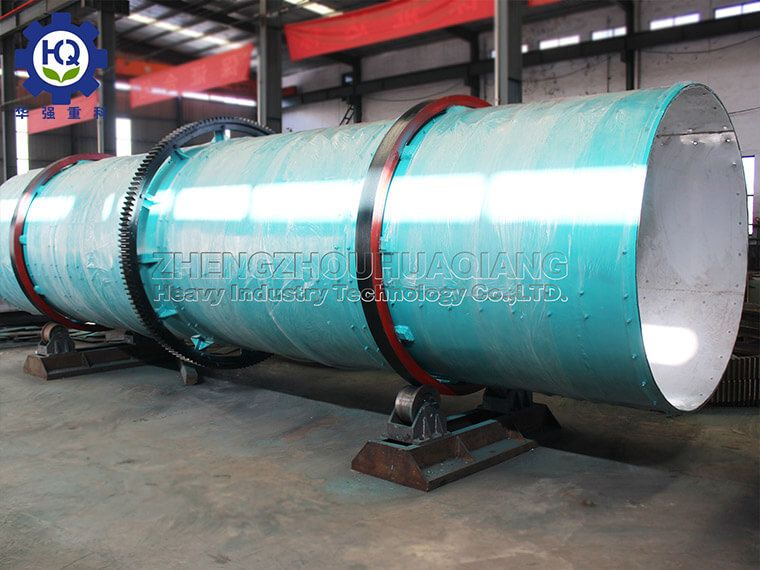Using chicken manure, cow manure, and mushroom residue as raw materials, processed into organic fertilizer through a powder organic fertilizer production line, is currently a commonly used process. Due to its simple process, less equipment required, less investment, and fast cost recovery, many customers want to purchase a fertilizer production line. The customer’s main concern is the income of organic fertilizer and the equipment required for the powder organic fertilizer production line. The main equipment for the powder organic fertilizer production line is the organic fertilizer turner, horizontal mixer, and high humidity material crusher. .jpg)
Equipment required for the organic fertilizer production line of chicken manure, cow manure, mushroom residue, and mushroom residue: flipping machine (used for composting process) – vertical crusher (crushing larger blocks in organic fertilizer) – screening machine (screening out non compliant organic fertilizer and returning it) – batching machine (adding other required nutrients to organic fertilizer according to a certain proportion, which is an optional device) – horizontal mixer (mixing different materials evenly and using it in combination with batching machine) – single bucket packaging machine (used for quantitative packaging of finished organic fertilizer)
Selection of equipment for organic fertilizer production line of chicken manure, cow manure, mushroom residue, and mushroom residue
Organic fertilizer stacker, currently there are mainly two types of composting stackers: strip stacker and trough stacker. Mobile stacker is mainly suitable for areas with relatively small production and large sites. Mobile stacker is generally suitable for strip stacker composting, while trough stacker is generally suitable for establishing fermentation tanks and used in conjunction with fermentation tanks. In general, flipping is necessary during fermentation, with the aim of providing sufficient oxygen to microorganisms during aerobic fermentation of organic materials, controlling fermentation temperature, and releasing moisture.
Organic fertilizer mixers generally choose horizontal mixers because nitrogen, phosphorus, and potassium need to be added during the mixing process. The country requires nitrogen, phosphorus, and potassium content to be greater than 5%. The key to choosing a horizontal mixer is to clarify your purpose and purpose, understand the power configuration and raw material supply of the horizontal mixer.
In the organic fertilizer production line of chicken manure, cow manure, mushroom residue, and mushroom residue, due to the need to crush the materials after fermentation, a crusher is needed. This machine has the same crushing effect on fermented organic fertilizer, sludge, biogas residue, coal gangue and other slag. The production capacity of the high humidity material crusher is 1-4 tons, and the feed moisture content is ≤ 40%. The power configuration and raw material moisture content of the production capacity meet the requirements of the powder organic fertilizer production line. Therefore, it is very suitable to match the high humidity material crusher with the powder organic fertilizer production line.
.jpg)

.jpg)
.jpg)

.jpg)


